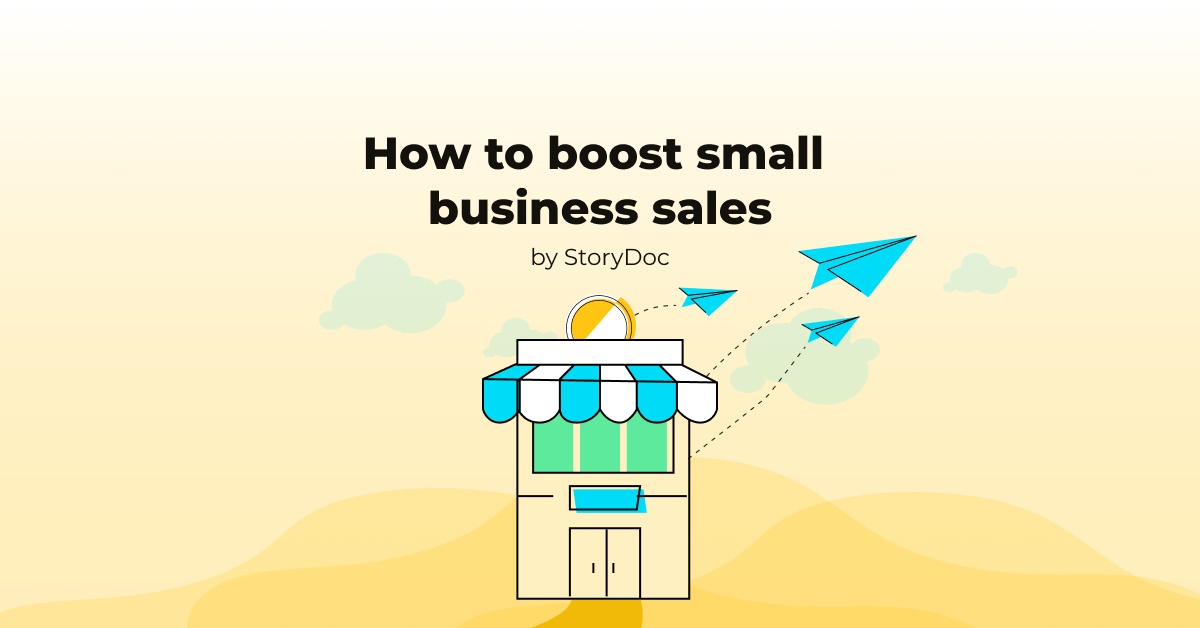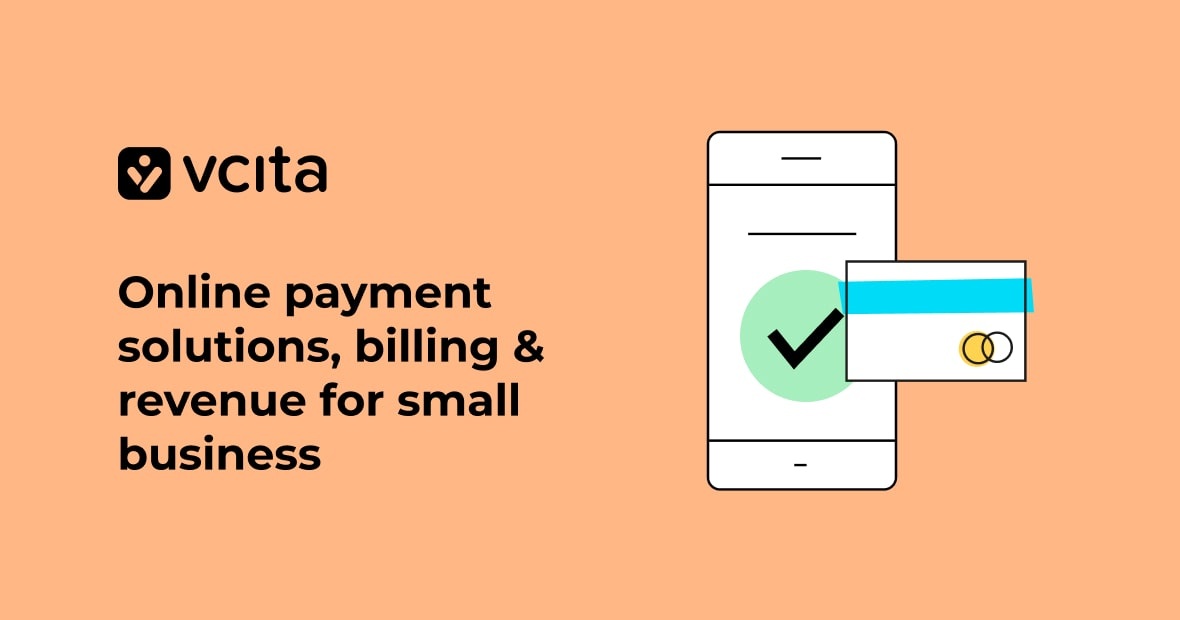We hear from many small and medium-sized businesses how they struggle with boosting sales and generating consistent revenue in today’s uncertain economic climate.
We’re here to help you navigate your business through the storm – and come out stronger.
By reading this post, you’ll gain valuable insights into how to create a more efficient and effective sales process. So, whether you’re a seasoned sales professional or just starting out, this article is definitely worth a read.
1. Introduce value-based selling
By shifting your focus from the product itself to the value it brings to the customer, you can create a deeper, more meaningful connection with your audience and increase the chances of making a sale.
When the unique value of a given product is unclear, it becomes just like all the rest. In essence, it becomes a commodity.
The problem with being perceived as a commodity is that buyers will just pick the cheapest one, which launches a race to the bottom (price-wise). This approach is unprofitable and unsustainable.
By highlighting the value and benefits of your offering, rather than just focusing on price, you can appeal to customers’ deeper needs and desires. This will make you stand out as a clear winner. This will also enable you to charge a premium price.
2. Deliver ultra-personalized content experiences
If you can deliver a personalized experience to your prospects, you’ll stand out from the competition. You do that by leveraging data and technology.
The right tools allow you to understand your customers, anticipate their expectations, and create customized experiences that meet their unique wants and needs.
What content can you personalize right now?
- Send personalized email campaigns and promotional offers.
- Offer personalized product recommendations on your website or in your emails.
- Use AI-powered chatbots to have personalized sales conversations with your customers.
- Create personalized sales decks that make you stand out and help you clearly communicate your unique value (Here are some great sales deck examples).
Where can you get the personal information?
Use your Customer Relationship Management (CRM) software to register information from form submissions and website signups. You can then use this information for personalizing your outreach content.
Use your CRM to track customer interactions across different channels (website, social media page, Google paid advertising and store). This way you can also personalize each communication by the context of the customer’s previous interactions, purchase history, browsing history, and more.
Check out this list of the best CRMs for small businesses to pick the one which suits your needs best.
3. Create a lead nurturing strategy
Lead nurturing is the process of building and maintaining relationships with potential customers, with the goal of eventually turning them into paying customers. It’s all about providing valuable, personalized content and communication to leads at every stage of the sales funnel.
The point is to keep them interested and engaged in your business. You can achieve this with the help of an online lead generation tool that will capture prospects’ details and make it easier than ever to get in touch with you.
By actively engaging and building relationships with leads over time, you can turn them into loyal paying customers (and even advocates). A lead nurturing strategy allows you to stay top-of-mind with your audience and provide value through timely and relevant content.
4. Finetune your content strategy

Take a closer look at your content strategy and make sure it’s something your average client would read. Your website, emails, social media posts, and other marketing materials are all key opportunities to connect with your audience and drive sales.
Make sure your content is not falling flat! You may be missing out on a major opportunity to engage and convert potential customers.
How do you finetune your content strategy?
- Identify what types of content perform best for your business
- Analyze your audience’s needs and interests
- Make sure your marketing dollars go into bringing actual customers
5. Prioritize customer success over customer support
Customer support is important. It’s like the first aid kit of your business: it helps patch things up when your business trips. But customer success is the ultimate goal.
It’s a holistic approach that focuses on ensuring that your customers are happy, satisfied, and achieving their desired outcomes.
When your customers are successful, they’re more likely to make repeat purchases, recommend your products or services to others, and give you glowing reviews.
The fact is – good customer success reduces the need for customer support. After all, If their core needs are met they may not even notice that they need a bandaid.
What can you do to be proactive?
- Anticipate potential issues
- Provide training and resources to help your customers get the most out of your products or services
- Make ongoing efforts to enhance your products or services based on feedback received from your customers.
- Implement a single customer support touchpoint, whether that’s live chat, email, or a solid business phone system.
This way, you can not only solve problems but also prevent them from occurring in the first place.
6. Connect with your audience on social media (but really connect)
One of the core strengths of social media is its capability to create and cultivate a sense of community, shared values, interests, interdependence, and group identity. See if this can be done around your brand or service.
By creating closed groups where the business acts as the mediator or main authority, you can engage with your audience and build a loyal customer base.
You can also establish the business or its owner as an influencer in the community, either by targeting a local geographic community or a topical community, which can drive brand awareness and trust.
7. Implement sales automation techniques
Maybe you’re wasting time on manual tasks that could easily be handled by a machine. It’s time to take control of your schedule and embrace the power of automation with sales AI.
For example, with vcita’s email automation tool, you can create a personalized email campaign in under 5 minutes and track its performance in real time.
Being able to automate repetitive tasks like email outreach, lead tracking, and data entry gives you more time to build relationships and strategize.
By automating repetitive processes, you can improve efficiency, reduce the risk of human error, and maybe even sneak in a coffee break or two (or ten).
8. Increase collaboration between employees
Collaboration plays a vital role in the success of small and medium-sized businesses in today’s market. Even if you do not have specialized teams for different functions, it’s still important for employees to work together and share their knowledge and insights.
- Employees should have valuable perspectives on customer needs and pain points.
- They should be able to contribute ideas for promoting products or services effectively.
- They should be allowed to share their expertise in resolving customer issues.
By bringing all of these viewpoints together, small businesses can create a more comprehensive approach to sales that addresses customer needs and drives growth.
9. Sell with video

Video is the future of sales. This is unmistakable as we head into 2024. Video is more engaging and visually appealing than static content.
But more than that, it also helps to build trust and personal connections with potential customers which are critical for deciding to buy from you.
Adding any video to your presentation will result in a 37% longer average reading time and a 17% increase in the CTA click-through rate. This means that people are more likely to stick around and watch your video, and they are also more likely to take action after viewing it.
Sell more today
There are many strategies businesses can implement to increase their sales and customer success. By focusing on value-based selling and creating ultra-personalized content experiences, businesses can enhance their operations and better serve their customers.
To achieve long-term success it’s important for businesses to stay up-to-date with the latest trends and technologies and constantly adapt to changing customer needs. Follow the tips in this blog for a sound sales strategy!




























